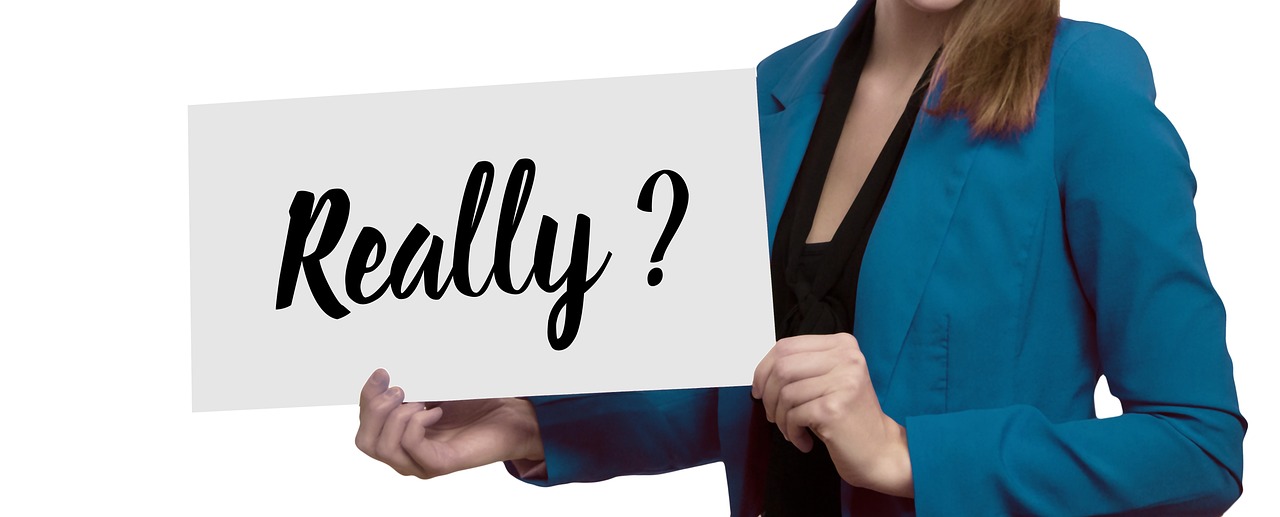What SPF Actually Measures
SPF stands for Sun Protection Factor basically, it’s a time multiplier. It tells you how much longer your skin can handle UVB exposure without burning compared to bare skin. So if you usually start getting red after 10 minutes in the sun, wearing SPF 30 theoretically stretches that to 300 minutes. But before you get too confident, remember the keyword here is “theoretically.” Sweat, swimming, and time wear sunscreen down fast.
Also worth noting: SPF only blocks UVB rays, the kind that cause sunburn. It doesn’t measure how well you’re protected from UVA rays the deeper penetrating ones that age your skin and increase long term damage. High SPF isn’t a one stop shop. For solid all around defense, check the label for the words “broad spectrum.”
Bottom line: Know what those SPF numbers actually mean, and don’t let them give you a false sense of invincibility.
UVB vs. UVA: Know the Difference
Not all UV rays are created equal, and your sunscreen needs to guard against both. UVB rays are the ones that burn your skin. They’re more intense midday and in the summer, and they’re a major player in the development of skin cancer. If you’ve ever been lobster red after a beach day, that’s UVB at work.
UVA rays, on the other hand, go deeper. They don’t cause visible burn, but they age your skin faster think wrinkles, sun spots, and long term collagen loss. UVA is sneaky because it’s around all day, all year, even on cloudy days and through glass.
Here’s the kicker: a sky high SPF only tells you how well your sunscreen blocks UVB. It says nothing about UVA. So while SPF 50 might help prevent a burn, it won’t cut it if it doesn’t also protect against deep damage.
To cover your bases, look for “broad spectrum” on the label. That means the sunscreen is tested and proven to block both UVA and UVB. Otherwise, you’re only fighting half the battle.
How Much SPF Do You Actually Need?

For daily wear, most dermatologists land on a simple answer: go with at least SPF 30. It’s the baseline that gives you solid protection in everyday conditions, whether you’re commuting, working near windows, or running errands.
If you’re spending serious time outdoors hiking, beach days, anything where shade is minimal push it to SPF 50 or 60. But don’t get too caught up in chasing higher numbers. SPF 100 sounds impressive, but the jump in protection above SPF 50 is surprisingly small. SPF 30 blocks about 97% of UVB rays; SPF 50 blocks around 98%. After that, it’s diminishing returns.
Bottom line: no sunscreen blocks 100% of UV rays. The real key isn’t just choosing a higher number it’s using enough and reapplying. Even the best SPF stops working if you forget to re up every couple of hours.
The Application Rules Everyone Forgets
Even the most diligent sunscreen users often miss the mark when it comes to how much and how often they apply it. The truth is that effective sun protection depends just as much on your technique as it does on the SPF number.
Common Mistake: Not Using Enough
Most people only apply 25 50% of the recommended amount of sunscreen. This dramatically reduces its effectiveness and leaves your skin more vulnerable than you think.
Proper Dosage Guidelines:
Face and neck: Use about a nickel sized amount.
Body (full coverage): Use approximately a shot glass worth roughly 1 ounce.
Reapplication Is Key
Even high SPF sunscreen wears off over time, especially with outdoor activity. To maintain protection throughout the day:
Reapply every 2 hours
Reapply after swimming, sweating, or towel drying, even if the product is water resistant
Missing these steps can reduce your SPF’s effectiveness by more than half, causing you to burn even when you thought you were protected.
Physical vs. Chemical Sunscreens
Not all sunscreens protect your skin the same way. Physical (also called mineral) sunscreens sit on top of your skin and reflect UV rays. They use active ingredients like zinc oxide or titanium dioxide think of them as a literal barrier between you and the sun. They kick in immediately after application and are usually gentler on sensitive or acne prone skin.
Chemical sunscreens work differently. Instead of forming a barrier, they absorb UV radiation and convert it into heat, which is then released from the skin. These formulas tend to be thinner, more invisible on skin tones, and often feel lighter, making them popular for everyday wear or under makeup.
Is one better? Not really. It depends on what your skin can handle, how much time you spend outside, and what texture you prefer. If you break out easily, you might lean mineral. If you hate white casts and want a seamless finish, chemical might be your go to. Bottom line: the best sunscreen is the one you’ll actually use every day.
SPF in Skincare: Does It Stack?
Here’s the bottom line: layering a bunch of SPF products doesn’t stack their protection. SPF 15 moisturizer and SPF 20 foundation don’t magically give you SPF 35. The SPF that counts is the highest single layer you applied properly and that’s it.
If your base layer is SPF 15 and your foundation is SPF 20, your actual protection is around SPF 20 (assuming you’re applying enough, which most people don’t). Sunscreen math doesn’t add up like that. It’s not cumulative.
So what’s the smart move? Use one solid product like a broad spectrum SPF 30 or 50 and apply it generously. Let your other skincare and makeup be a bonus layer, not your main shield.
Curious how actives penetrate your skin in general? Learn more in this breakdown: Cosmetic Chemist Explains How Serums Penetrate Your Skin.
